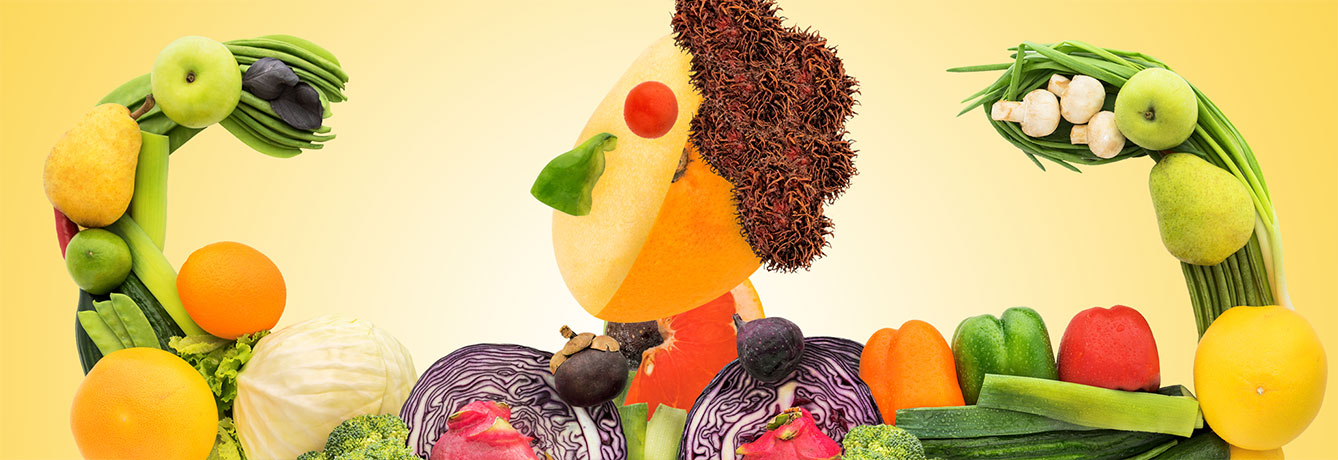Ask Your Muscles

Discovering How Your Body Asks for Energy
What you eat is important when it comes to expending muscle energy. Texas A&M researchers are learning how muscles ask for the energy you need throughout the day. Fascinatingly enough, comparing human bodies to fruit flies has led to the discovery of how muscles are utilizing fat storage tissues, which has implications for obesity in humans.
Human metabolism has many varieties. In order to maintain life, a balance of energy store usage is expended throughout the day. While some metabolisms often seem better than others, we are all working to burn fat daily. There are different stores of energy in your body that are called upon based on activity level. Take a sprinter for example, they use anaerobic pathways in that explosive seconds-long sprint that call upon high capacity and the need for quick energy release. A marathoner on the other hand, constantly is replenishing stores and creating new energy through aerobic metabolism, buying energy from long-term system of the Krebs Cycle.
But how do we get to that point of using energy? The answer is what we put into our body. When we break it down, fat provides 9 calories per gram, protein and carbohydrates 4 calories per gram. For example, if you are reading a food label and the food has 5 grams of fat, then 45 calories of that food are made up of fat in that product. Same goes for protein and carbohydrates, as 10 grams of protein or carbohydrates will yield 40 calories and so on. Therefore, not all calories are created equally.
During the day, we often call upon fats or lipids for higher energy demand since there is more to spare, producing longer term energy. Yet, when we are sedentary or sleeping, this calling upon the lipid storage shuts down, providing evidence leading towards weight gain. What research findings indicated was how the metabolic homeostasis could be manipulated through genetics to alter the amount of lipids we store. Our genes and muscles communicate. We take in fat, store it, then release it for energy, but what if there was a way to regulate that storage and release mechanism? Now that the signaling pathway functionality has been identified, further research will involve what happens when we change our sleep or eating behaviors.
With our circadian rhythm affecting our muscle needs, it is interesting to see where this will lead. In the meantime, finding ways to healthfully burn fat and keep your energy levels high is a challenge for many. Keep up with regular exercise to help ward off chronic disease. Make sure your plate is balanced, including healthy fat, as it helps lower cholesterol. Because, when you avoid fat and don’t eat enough, your body actually is counteracting its’ natural ability to burn storage for energy. So, get up and get moving!
Published August 1, 2017
Get Some Fresh Inspiration


